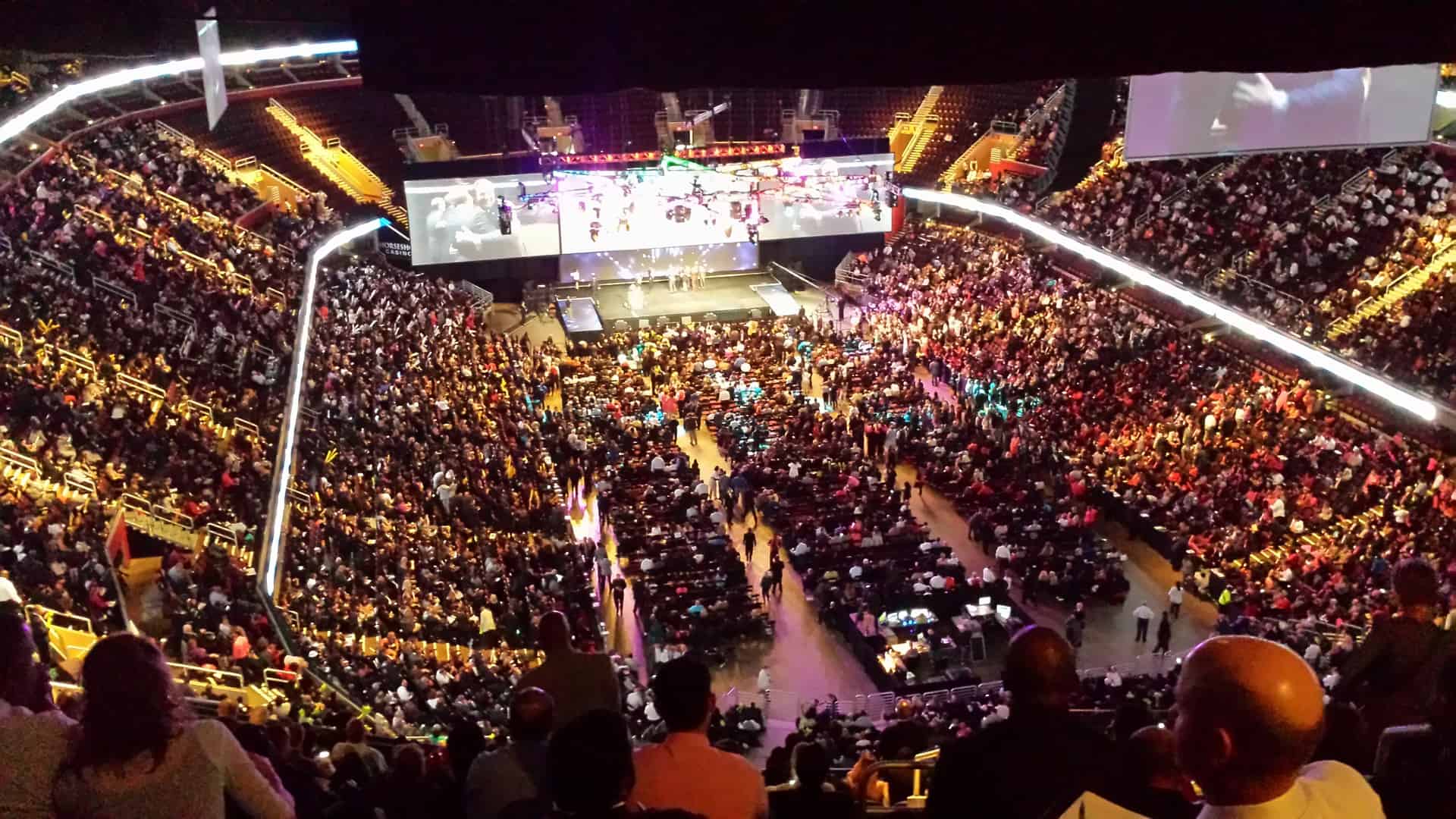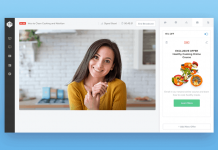When it comes to no-shows at your event, some things are beyond your control. Plans change, emergencies happen and, unfortunately, your left with empty seats and unused tickets.
While no-shows are not unusual for events with paid tickets, they're are especially common for free and RSVP events where there is no financial incentive tied to their attendance.
So the question looms: how can you avoid the dreaded no-shows from putting a damper on your event? While there is no way to ensure 100% of all your guests will attend, here are 5 steps you can take to keep all your seats filled and all your tickets and RSVPs used.
1. Constant Communication
A major reason people don't show up to an event is that they've lost interest or forgotten about it altogether. Keep your event fresh in the mind of your attendees by constantly engaging them throughout the entire timeline between their ticket purchase at the actual event.
Create social media accounts for your event and share photos and status updates of the event coming together. Send out email newsletters promoting the event with interviews, photos, rewards, and other interesting content. The goal here is to stay relevant in the mind of your attendee and the only way to do that is to actively engage them.
Recommendation: We use and recommend SocialBee to help curate, schedule, post, and re-post content to social media channels automatically.
2. Clearly Defined Incentives
Whether it’s free food, learning a new skill, or a special appearance by Beyoncé, be sure to make it clear what ticket buyers will get from attending.
Even if you effectively communicate with your attendees, if they don't know what they stand to gain from attending your event it will all be for naught. From your online event page to your social media & email marketing efforts make sure you clearly explain what they would be missing out on if they didn't attend.
Whether it’s free food, learning a new skill, or a special appearance by Beyoncé, be sure to make it clear what ticket buyers will get from attending. Otherwise, from an attendee’s perspective, they have no reason to go.
3. Gamification
Gamification is simply taking game mechanics (points, levels, achievement badges, etc) and applying them to non-game contexts. The idea is to play on people's innate sense of competition and achievement and use that to increase interest, engagement, and loyalty.
In the context of your event, offering things such as a reward for sharing the event on Facebook or an “event badge” for networking with a certain amount of attendees encourages ticket buyers to commit to the event and take a vested interest in attending.
Related: How to Use Gamification to Market Your Events
4. Schedule Your Announcements
If you haven't noticed by now, the key to avoiding no-shows is keeping your attendees interested in your event from the moment they buy a ticket to the moment they walk through the doors. To do this, you need content and material you can share and promote with them over the courses of the weeks and even months preceding the event.
To help spread the event love throughout such a time frame, it helps to strategically schedule announcements and updates. Event interest typically wanes 2-3 weeks before an event so this would be the perfect time to send out an email blast about the world-class credentials of your speaker or the award-winning chef catering to the event.
Recommendation: We use and recommend ActiveCampaign to send out newsletters, announcements, and create automated sequences to welcome new registrants. If you own your own business, it can help generate and nurture leads to increase sales.
5. Reserve a Spot (for free events)
Paid events have a distinct advantage over free events in preventing no-shows in that their attendees have lost money on the line if they don't go. While it's slightly unorthodox, free and RSVP events can implement their form of financial attachment as well to encourage attendees to attend.
For high-profile or previously well-attended events, offering the ability for attendees to pay a small price to reserve their RSVP is a great way to add revenue and bolster commitment. Another, albeit rarely used, the option is to charge attendees a small ticket price that they will later be reimbursed for once they attend the event. This still keeps the event free, but only for those that come to the event.
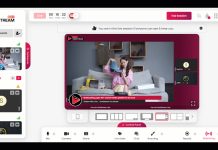
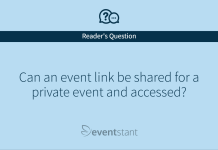

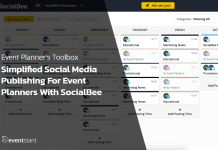
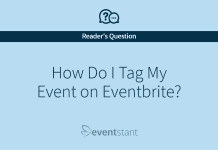
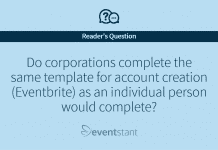



![How Important Are Face to Face Meetings [INFOGRAPHIC]](https://eventstant.com/wp-content/uploads/faceToface_v11-sm-218x150.jpg)


